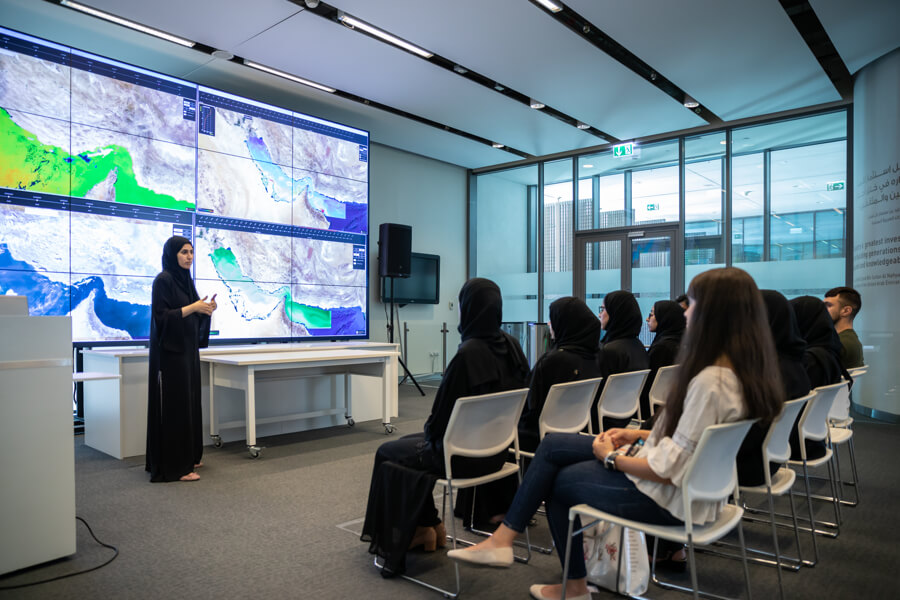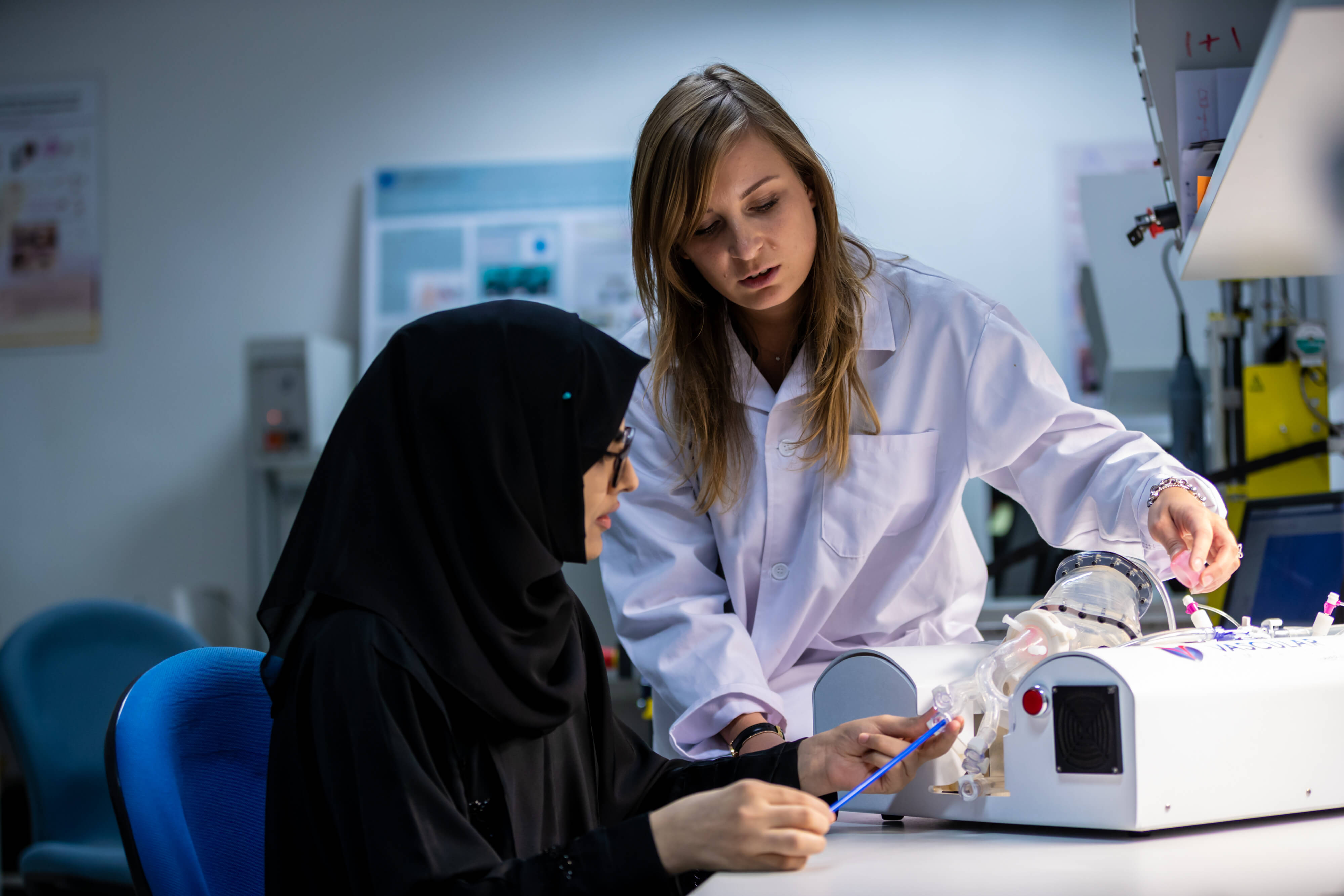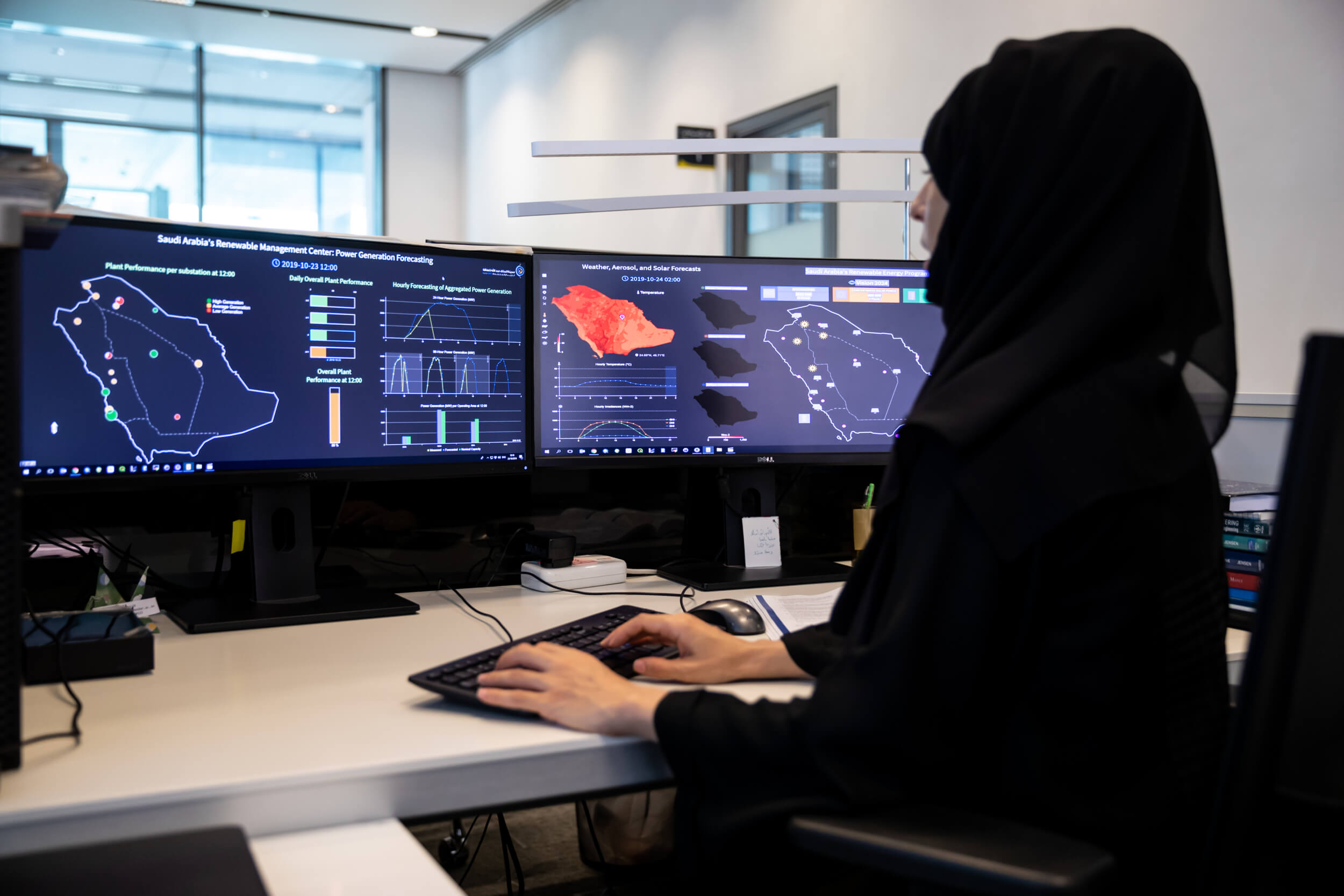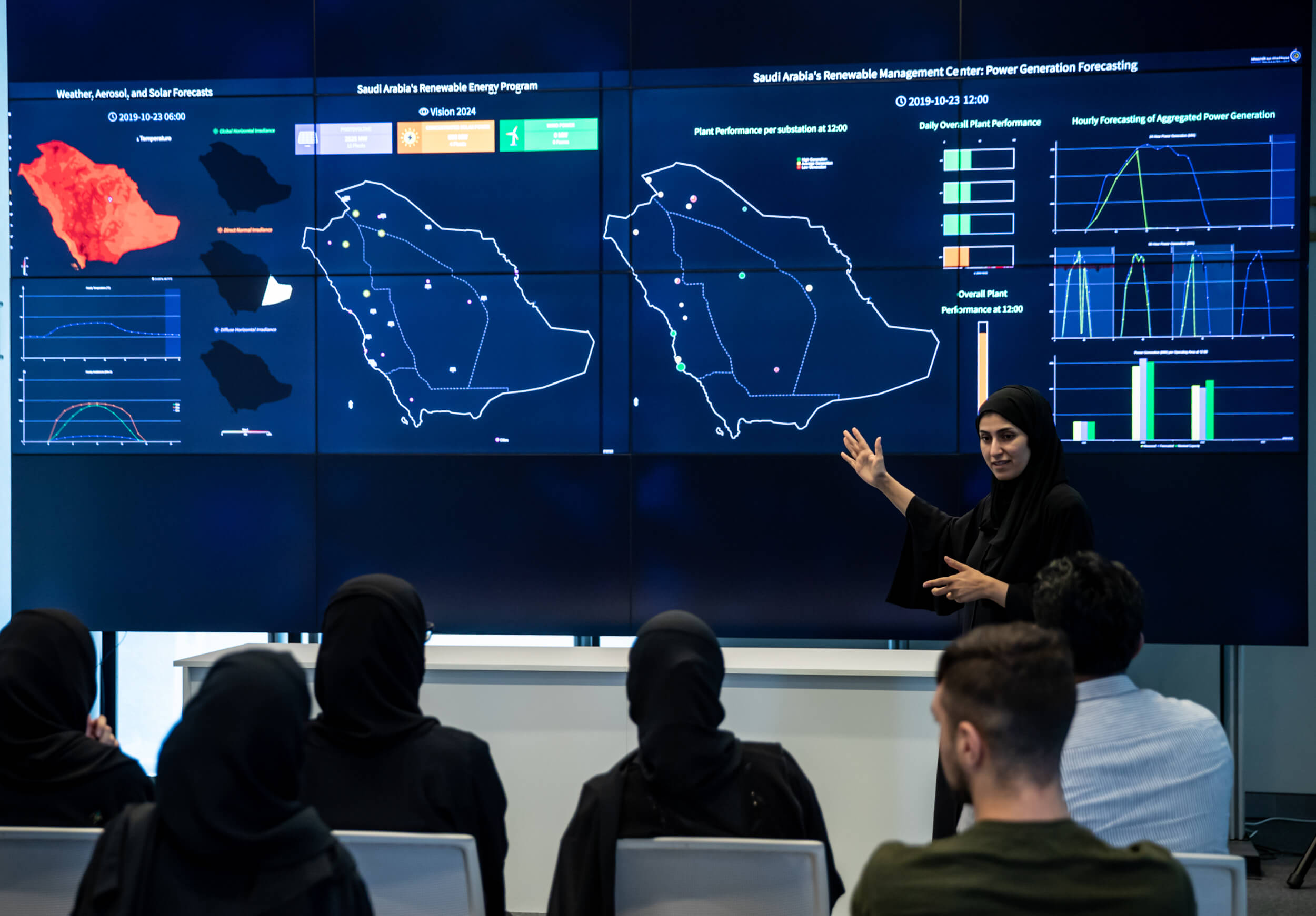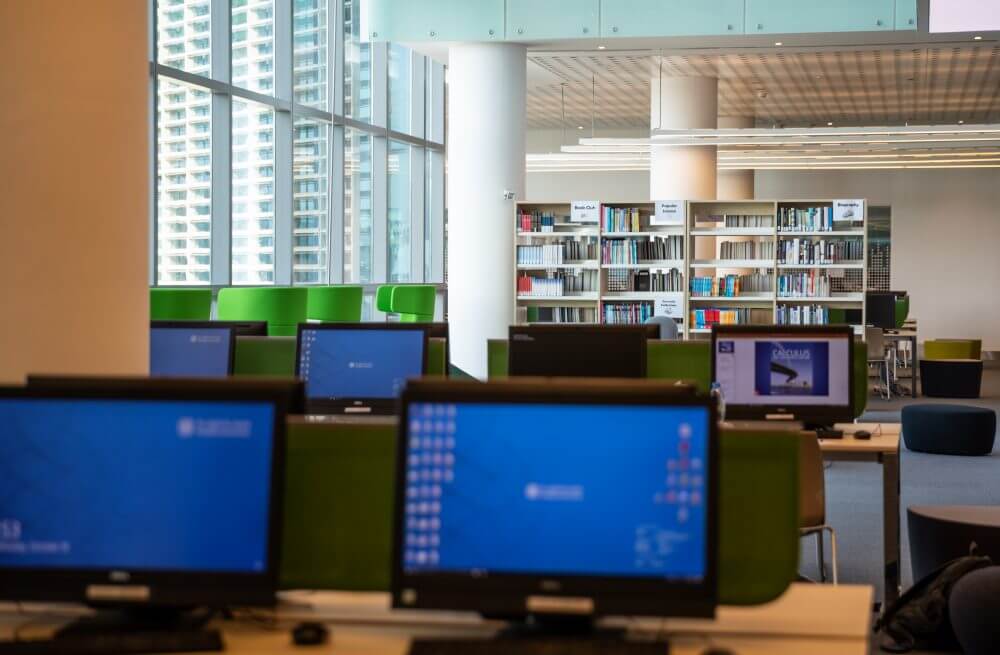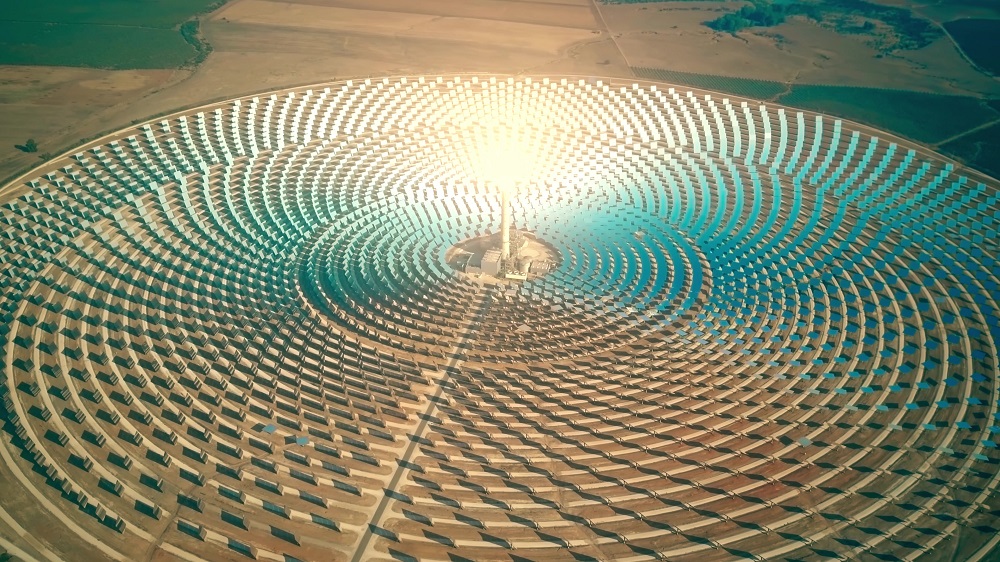
MENA Region May Require 120GW in New Generation Capacity with US$250 billion Investments by 2017
Abu Dhabi-UAE: 28 May, 2013 – The UAE could economically deploy solar power generation capacity of more than 20GW by 2030 if avoided and opportunity costs of new fossil power generation are fully considered and transparent, stable, predictable and enforceable regulatory and policy frameworks are implemented, according to Dr. Steve Griffiths, Executive Director, Institute Initiatives, Masdar Institute of Science and Technology and Board Member, Emirates Solar Industry Association (ESIA).
Dr. Griffiths was speaking during the 5th Middle East & North Africa Solar Conference & Expo (MENASOL 2013) held from 14-15 May in Dubai. A plenary panel of experts analyzed the prospects of concentrated solar power (CSP), photovoltaics (PV), and concentrated photovoltaics (CPV) in the UAE and the broader Middle East and North Africa region. Nearly 300 delegates attended the event that was organized by CSP Today, part of FC Business Intelligence. ESIA was one of the sponsors.
Offering details, Dr. Griffiths indicated that by 2017, the MENA region may require more than 120GW in new generation capacity at a total cost of over US$250 billion in order to meet the rapid growth in regional electricity demand. He added that sustainable energy is economically viable but can only be implemented if robust supply-side and demand-side policies are implemented to stimulate deployment.
Dr. Griffiths said: “A sustainable energy strategy considering both demand and supply side considerations will be required for the MENA region. Clean energy including natural gas, nuclear and renewables will play an important role in sustainable supply. However, there is significant but unrealized opportunity for solar. The UAE and other Gulf countries have solar insolation levels that far exceed levels found in European countries, such as Germany, that already have achieved substantial solar deployment.
“However, there is a strong need to translate technical potentials to economic benefits to guide solar energy policy development that will stimulate solar energy technology deployment. This may call for site-specific, long-term data with high spatial resolution, adjusted for local climate conditions. The UAE Research Center for Renewable Energy Mapping and Assessment (ReCREMA) at Masdar Institute can offer guidance in this area.”
The conference generated a great deal of interest in the work being done at ReCREMA, which is Directed by Dr Hosni Ghedra, because the bankability of solar projects in the region critically depends on accurate solar resource data. The Center has played a critical role in the development of the Global Solar Atlas, which is led by the International Renewable Energy Agency (IRENA) and involves other global stakeholders. The hourly/daily/yearly solar irradiance maps provided by the Atlas are produced by a robust satellite-based mapping tool developed and validated at ReCREMA. The Masdar Institute research center officially launched the UAE solar atlas during RIO+20 UN Conference held in Rio de Janeiro in June 2012.
Both photovoltaics (PV) and concentrated solar power (CSP) offer advantages but a mix of both technologies that accounts for their different attributes can bring maximum benefits, according to industry experts.
Dr. Griffiths added: “CSP offers the value of ‘dispatchable’ electricity when coupled with thermal storage and can also be coupled with combined cycle fossil power generation for a cleaner form of fossil power. PV, however, is much cheaper today than CSP in most geographic locations. Therefore, both CSP and PV make sense when used in a complimentary way with consideration of their optimal roles in the overall energy system. PV can be utilized particularly well in the Gulf to meet the peak mid-day demand from cooling loads. CSP can be utilized for supplying late day or early evening demand, which is particularly relevant in countries where peak demand does not always correspond with good solar resource conditions in the mid-day.”
Prior to his role at Masdar Institute, Dr. Griffiths was the Executive Director of the MIT Technology and Development Program’s MIT/Abu Dhabi Program and the founding Executive Vice President of Light Pharma Inc. In these roles, he worked in the US, India and the Middle East, leading the development and implementation of technical and strategic relationships. His interests and expertise are process design, technology strategy and financial analysis in the areas of information technology, biotechnology, and advanced energy technologies.
Dr. Griffiths’ notable current positions include the Emirates Solar Industry Association (ESIA) Board of Directors, Abu Dhabi Science, Technology and Innovation R&D Taskforce, and the Zayed Future Energy Prize Selection Committee. Dr. Griffiths is Associate Editor and member of the Editorial Board of Elsevier’s international journal Energy Strategy Reviews.
Serving as a key pillar of innovation and human capital, Masdar Institute remains fundamental to Masdar’s core objectives of developing Abu Dhabi’s knowledge economy and finding solutions to humanity’s toughest challenges such as climate change.
Established as an on-going collaboration with the Massachusetts Institute of Technology (MIT), Masdar Institute integrates theory and practice to incubate a culture of innovation and entrepreneurship, working to develop the critical thinkers and leaders of tomorrow. With its world-class faculty and top-tier students, the Institute is committed to finding solutions to the challenges of clean energy and climate change through education and research.


